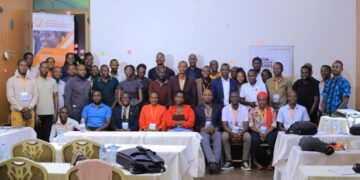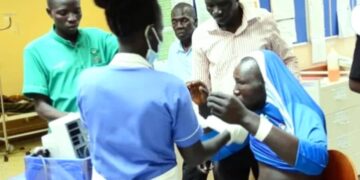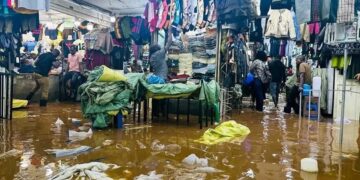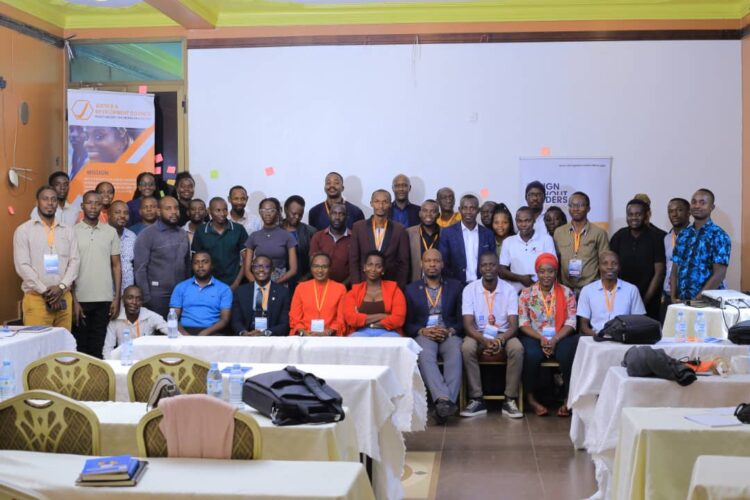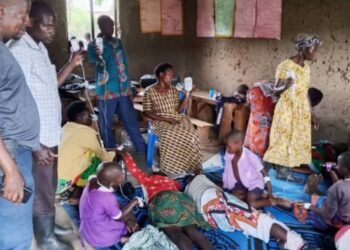By Leonard Kamugisha Akida,
KAMPALA
Media professionals have been implored to embrace powerful storytelling techniques to report about the often overlooked issue of drowning, which claims hundreds of thousands of lives in Uganda each year.
At a regional training organized by the Justice Development Council (JDC) and partners at Minister’s Village Hotel Ntinda on Wednesday, journalists from across different media outlets were urged to tell more captivating stories on public health issues like drowning and urgently give a compelling coverage of water-related deaths.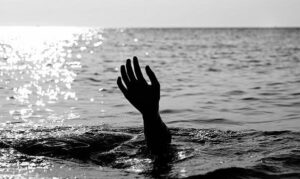
Experts at the event emphasized that despite being a public health concern and one of the leading causes of death worldwide, drowning receives minimal media attention.
“Give drowning much attention as you do to other public health issues. As journalists, it’s important to report on drowning not just as statistics, but as stories about lives, livelihoods, and the urgent need to save them,” said Richard Baguma, Secretary General UHCA. “I urge you to use the tools at your disposal and tell powerful stories that speak to both the heart and mind. Drowning can affect anyone, so let’s not take this issue lightly.”

Georgine Obwana, a media personality turned health and nutrition advocate, highlighted the importance of ethical and responsible reporting, urging journalists to handle stories sensitively and avoid sensationalism.
“Journalists play a critical role in raising awareness and sharing accurate information about its impact and the traumatic experiences faced by victims,” she said.
According to the WHO first-ever Global Status Report on Drowning Prevention, released in December 2024, more than 300,000 people died by drowning in 2021, which is over 30 deaths per hour, with children under five at the highest risk. In low and middle income countries, limited access to swimming lessons, lifesaving equipment, and public awareness have been highlighted as some of the risk factors significantly contributing to the rising toll. A recent study by Makerere School of Public Health, shows that over 1,435 fatal and non-fatal drowning cases were recorded in over 60 districts between January, 2016, to June, 2018.

The World Health Organization (WHO) ranks Uganda among the countries with highest drowning rates, with 502 deaths in every 100,000 people residing around lakes.
Otto Businge, a researcher from Makerere University School of Public Health revealed that nearly 3,000 people die from drowning annually in Uganda, an average of 9 deaths per day.
“Eight 8 out of 10 males (81 percent ) in Uganda drown especially round lakes and ponds. People between 5-25 years, mostly children less than five years are vulnerable to drowning,” he said.

Lakeside districts account for 70 percent of drowning cases while 30 percent of the cases were reported in non-lakesidr districts with rivers, ponds and wells.
A report by Makerere School of Public Health indicates that Uganda records approximately 3,000 drowning deaths annually, averaging around 9 cases per day. In every 100,000 deaths, 502 are due to drowning. According to the WHO, Uganda ranks among the countries with the highest drowning rates globally.
Businge noted that drowning can happen anywhere including at homes, calling for community empowerment to create awareness on drowning, and first aid.
“During our research, we discovered that drowning incidents are occurring in homes, some involving children falling into buckets. In addition, flooding events, such as the recent tragedy in Kampala where over 10 lives were lost, highlight the urgent need for action. Let’s take initiative, learn drowning prevention and first aid. Together, we can save lives.”

Speaking at the training, Charles Ruzigye, Assistant Commissioner in charge of safety navigations at the Ministry of Works and Transport, disclosed government interventions to prevent and reduce drowning cases in the country.
“We are working on a national drowning prevention strategy to enforce safety standards especially for communities near water bodies,” Ruzigye stated. “We have engaged parliament and it has accepted to include water safety as part of the transport safety programs being undertaken in the country.”
The national drowning strategy is a useful document to lobby for resources and for the government to recognize that drowning is an issue. Sponsored by Bloomberg Philanthropies and the African Development Bank, the $13 million loan plan is expected to offer support to drowning survivors serving as peer trainers, sensitizing the public about the safe use of life jackets, drowning prevention and water safety. The strategy involves all line ministries (including Health, Fisheries, Education), the prime minister’s office, the Lake Victoria Maritime communications for search and rescue, and various academic institutions.
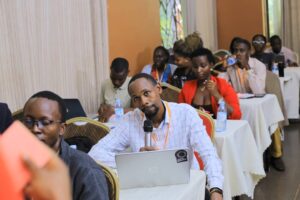
Ruzigye says the document will be launched during the drowning week in July. However, he blamed drowning on substance abuse like alcohol, particularly by the fisherman who claim they cannot go to the waters without taking alcohol.
Additionally, Emmanuel Balinda, water safety and drowning prevention manager at Reach Hand Uganda said that most people using water transport do not have swimming skills putting their lives at risk in case of accidents.
To address this, Balinda stated that Reach A Hand Uganda (RAHU) is currently implementing a two-year drowning prevention program under a campaign Omanyi Okuwuga (Do You Know How to Swim?), which aims to providing survival swimming skills and raising awareness in lakeside communities.

“Under this project, so far 3 swimming pools have been constructed, each implementing a district with a pool; murals with drowning prevention messages have been placed in various schools and a survival swimming guide has been developed,” Balinda explained.
Media trainers encouraged journalists to seek out survivors, families, and community leaders to tell personal, localized stories that resonate with audiences and spur policy changes.
